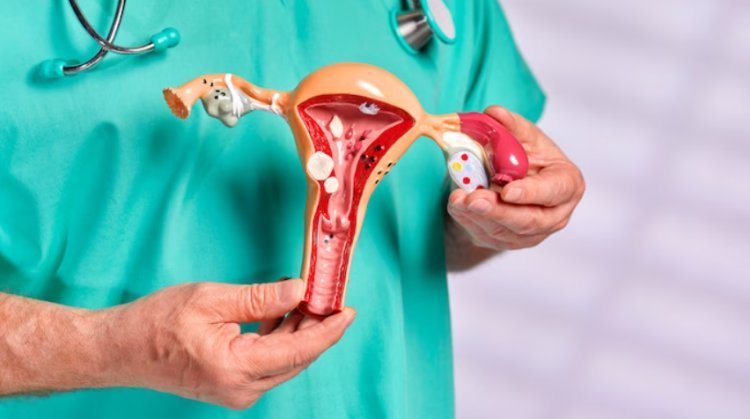The month of Endometriosis Awareness: Learn about its symptoms and signs.
Endometriosis affects about 190 million women and girls worldwide who are of reproductive age.

Endometriosis is a condition in which the inner lining of the uterus, or endometrial tissue, migrates outside the uterus.
According to the World Health Organization (WHO), this disease causes persistent inflammation that can lead to scars (adhesions, fibrosis) in the pelvis and other parts of the body.
This disease affects approximately 190 million women and girls of reproductive age worldwide. Endometriosis must be diagnosed early because most people mistake it for menstrual cramps.
Endometriosis is a complicated condition that affects most women regardless of their ethnicity or social status from the time they start having periods to the time they reach menopause.
The World Health Organization (WHO) reports that the incidence of endometriosis is rising, possibly as a result of retrograde menstruation, disease-causing stem cells, and cellular metaplasia.
Symptoms of endometriosis
Due to severe pain, fatigue, depression, anxiety, and infertility, endometriosis can have a negative impact on quality of life. Painful periods, chronic pelvic pain, pain during or after sexual activity, painful bowel movements, painful urination, abdominal bloating, and nausea are additional symptoms of the disease.
Treatment for endometriosis
There is currently no known method for preventing endometriosis. However, the disease's natural progression can be slowed or stopped by awareness, early diagnosis, and treatment. Additionally, it may lessen the impact of its symptoms over time.
Common treatments include painkillers, non-steroidal anti-inflammatory drugs, and steroids for contraception.
Endometriosis scar tissue, adhesions, and lesions can all be removed surgically. However, the extent of the disease frequently determines whether surgery will be successful in reducing pain and increasing pregnancy rates.













